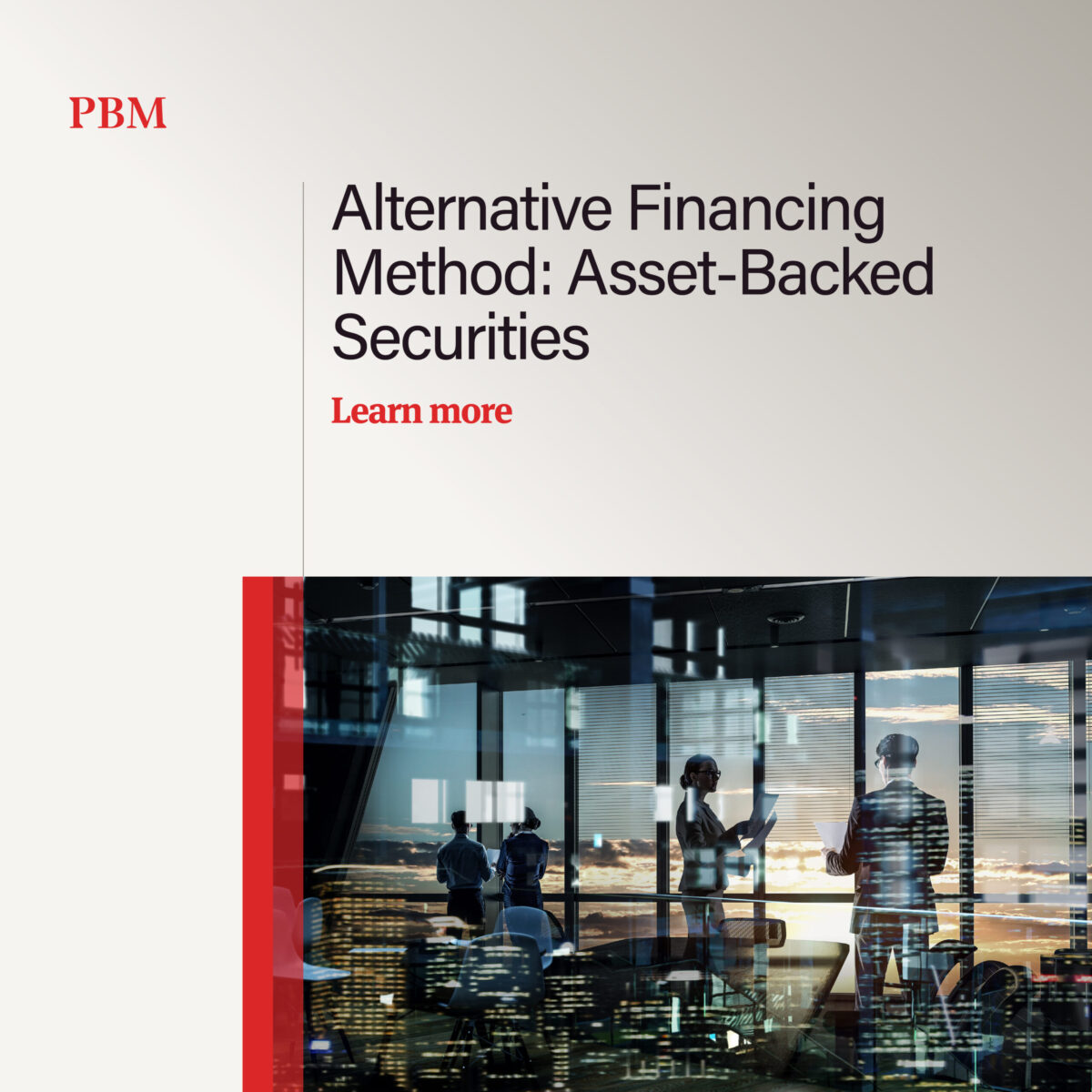Alternatif Finansman Yöntemi: Varlığa Dayalı Menkul Kıymetler
May 12, 2025Sermaye Piyasası Kurulu tarafında Kripto Varlık Hizmet Sağlayıcıların rezerv kanıt denetimi yapma yükümlülüğüne ilişkin ilke ve esaslar yayımlandı.
May 14, 2025
Alternative Financing Method: Asset-Backed Securities
In the current economic landscape, businesses are facing increased challenges in accessing traditional financing methods due to rising interest rates and heightened risks, making it harder and more expensive for companies to obtain conventional loans. Difficulties in accessing bank loans and the significant expenses associated with initial public offerings have driven companies to seek alternative financing options. In this context, Asset-Backed Securities (“ABS”) emerged as an agile, cost-effective, and swift financing solution. ABS enable companies to raise capital based on existing assets, serving as a viable alternative to conventional bank lending. For investors, ABS offer a secure collateralized structure and a diversified portfolio, providing the potential for higher returns. As a result, many companies are actively exploring ABS and Mortgage-Backed Securities (“MBS”) as feasible financing alternatives.
Overview of Asset-Backed Securities
Asset-Backed Securities are financial instruments that allow companies to raise capital by bundling their income-generating assets and selling them to investors in the capital markets. This method provides a flexible, cost-effective, and rapid solution for companies seeking to enhance their liquidity.
In Türkiye, the issuance of ABS is regulated by the Capital Markets Board (“CMB”) as per its specific regulations, including the Communiqué on Asset-Backed or Mortgage-Backed Securities (III-58.1) and the Communiqué on the Sale of Capital Market Instruments (II-5.2) that outline the requirements for asset selection, structuring, and compliance.
Key Components of ABS
- Legal Framework:
- The issuance of ABS is governed by the capital markets regulations that specify the types of assets eligible for inclusion in the fund portfolio. These regulations ensure compliance with legal standards and the sustainability of cash flows from the underlying assets.
- Asset Selection and Structuring:
- The initial phase involves selecting and structuring eligible assets, which is critical for ensuring compliance and maintaining investor confidence. The assets must meet specific criteria, including quality and legal soundness.
- Establishment of Fund
- ABS are generally issued through the establishment of a fund by institutions authorized by the CMB, which serves as a legally protected, bankruptcy-remote asset pool dedicated to the securitization process.
- Regulatory Compliance:
- The establishment of a securitization fund and the issuance of ABS require prior approval from the CMB. This process includes the submission of necessary documentation and adherence to disclosure requirements.
- Credit Rating Process:
- Credit ratings are essential for ABS offered to the public, as they provide investors with insights into the credit risk associated with their investments. Regular updates and reviews of credit ratings are mandated to ensure transparency.
- Independent Audit and Monitoring:
- Regulatory frameworks impose obligations for internal oversight and external audits to ensure operational integrity and protect investor interests. This includes establishing a comprehensive internal control system and conducting regular audits.
ABS, while having significant potential as a financing tool in Türkiye, are not yet widely utilized. Factors such as complexity, regulatory uncertainties, inadequate marketing efforts, liquidity issues, and associated costs are among the primary limitations preventing their broader adoption. Nevertheless, improvements in the regulatory framework, increased market awareness, and further market development are expected to enhance the future role of ABS significantly.


